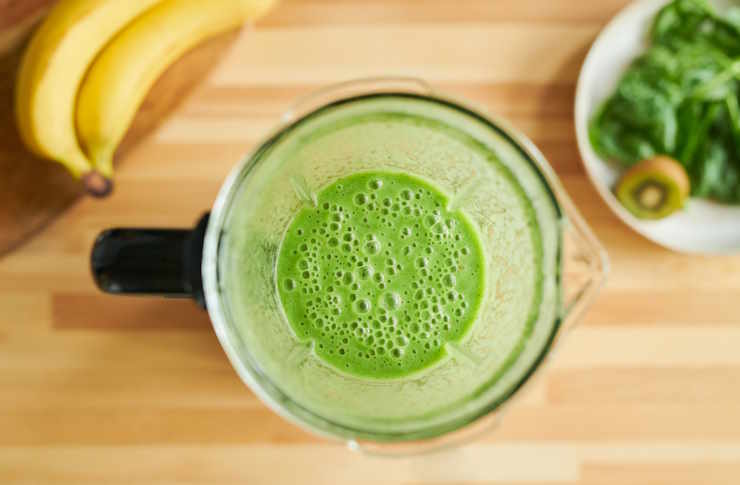How to Make Balanced Smoothies with Fruit and Vegetables
Smoothies combine blended fruit, vegetables, liquid, and sometimes protein or fat to create a convenient drink that can fit breakfast, a snack, or post-workout fuel. When made thoughtfully, a smoothie can deliver fiber, vitamins, and satisfying texture without relying on added sugar. This article explains what a smoothie is, how to balance fruit and vegetable ingredients, how to choose a blender, and how to think about smoothies as part of a healthy eating pattern.

What is a smoothie?
A smoothie is a blended beverage made from whole foods—commonly fruit, vegetables, and a liquid base such as water, milk, or plant milk. Unlike juice, a smoothie keeps the whole fruit and vegetable fibers, which slows digestion and supports fullness. Smoothies vary from fruit-forward blends to green smoothies that emphasize vegetables. The texture depends on the ratio of solid to liquid and the blender’s power. Thinking of a smoothie as a portable way to consume whole plant foods helps guide ingredient choices and portion sizing to suit energy and nutrient needs.
How to include fruit safely
Fruit provides natural sweetness, vitamins, and fiber, but quantity and variety matter. Use one to two servings of fruit per smoothie—about one medium banana, a cup of berries, or a medium apple—to limit added sugars while keeping flavor. Frozen fruit can give a creamy texture without extra ice and often retains nutrients. Combine fruits with protein (yogurt, protein powder) or healthy fats (nut butter, avocado) to slow glucose absorption and increase satiety. Rotate fruits for variety and choose lower-sugar options like berries when you want a less sweet profile.
How to add vegetables
Vegetables boost nutrient density and can be added to smoothies in ways that preserve taste and texture. Leafy greens such as spinach or baby kale blend smoothly and have a mild flavor; start with one to two cups. Other options include grated carrot, cooked and cooled sweet potato, or cucumber for freshness. Roasted beets or zucchini also work. If you’re new to vegetable-forward smoothies, mask flavors with a small amount of fruit and gradually increase vegetable portions. Blending raw vs. lightly cooked vegetables affects texture; softer, steamed vegetables blend more uniformly.
Choosing the right blender
A blender influences smoothie texture and ingredient choices. High-speed blenders handle frozen fruit, fibrous vegetables, and seeds with a silky result, while standard countertop blenders work well for softer ingredients and chopped produce. Immersion blenders are convenient for small batches but may leave more texture. Consider blade sharpness, motor power, jar shape, and ease of cleaning. For frequent smoothies with tough ingredients (ice, frozen cubes, fibrous greens), a more powerful blender tends to produce consistent results. Use short pulses and scrape the container as needed to avoid overworking the motor.
Is a smoothie a healthy drink?
Smoothies can be a nutrient-dense drink when they include whole fruit, vegetables, protein, and a healthy fat source. Balanced smoothies help maintain energy and fullness better than sugar-heavy drinks because they preserve fiber and pair carbohydrates with protein or fat. Watch portions—large smoothies can exceed calorie needs, especially with added sweeteners, juice, or large servings of nut butters. For personalized advice related to specific health conditions, dietary restrictions, or weight management, consult a qualified healthcare professional. This article is for informational purposes only and should not be considered medical advice. Please consult a qualified healthcare professional for personalized guidance and treatment.
Conclusion
Smoothies are a flexible way to increase intake of fruit and vegetables while tailoring macronutrients to your goals. Focus on whole, minimally processed ingredients, moderate fruit portions, and the addition of protein or healthy fats to create balanced textures and sustained fullness. Choose a blender that matches how often and how thick you like your smoothies. With simple planning—varying produce, measuring portions, and avoiding added sugars—you can enjoy smoothies as part of a varied, nutrient-focused approach to eating.




